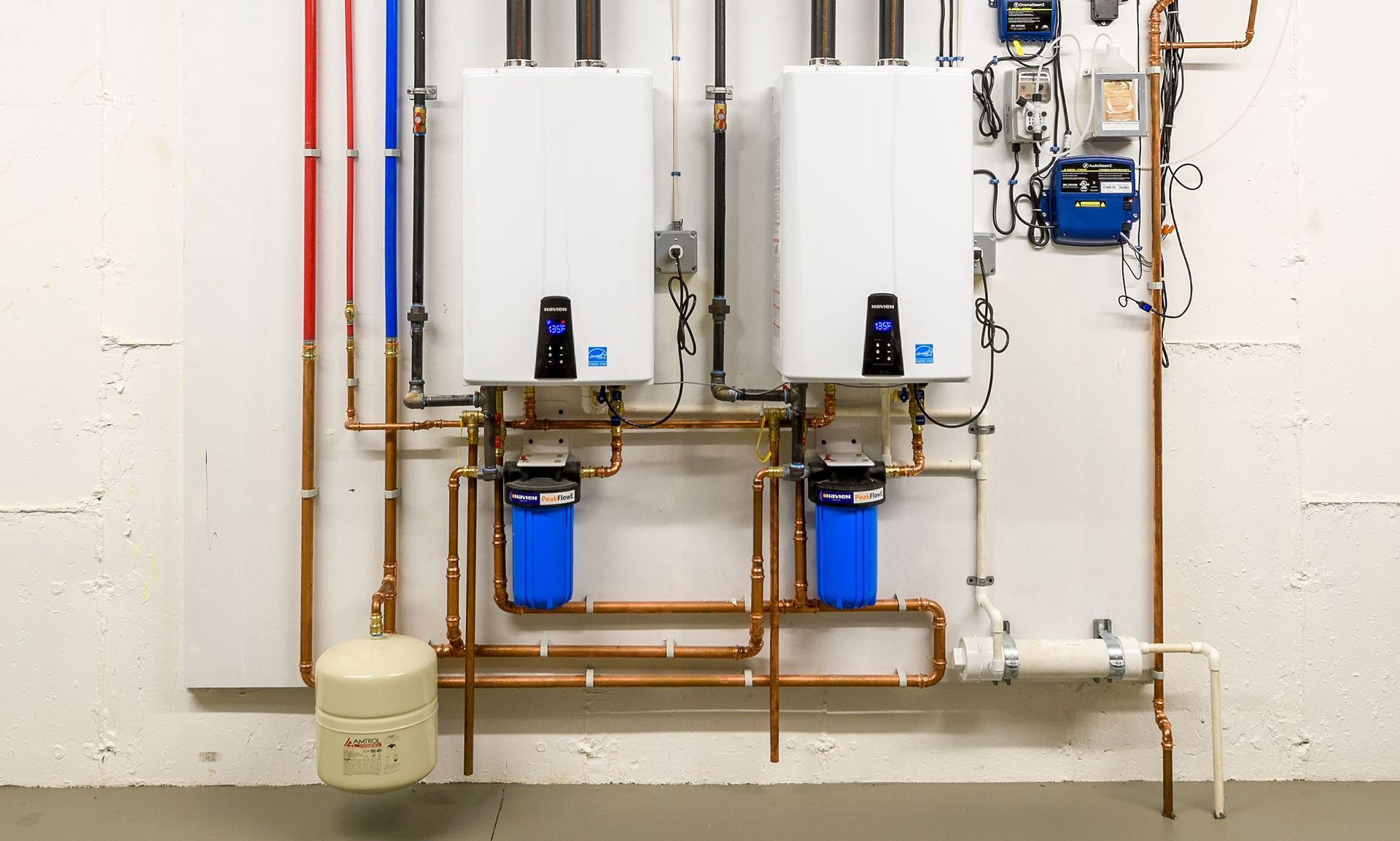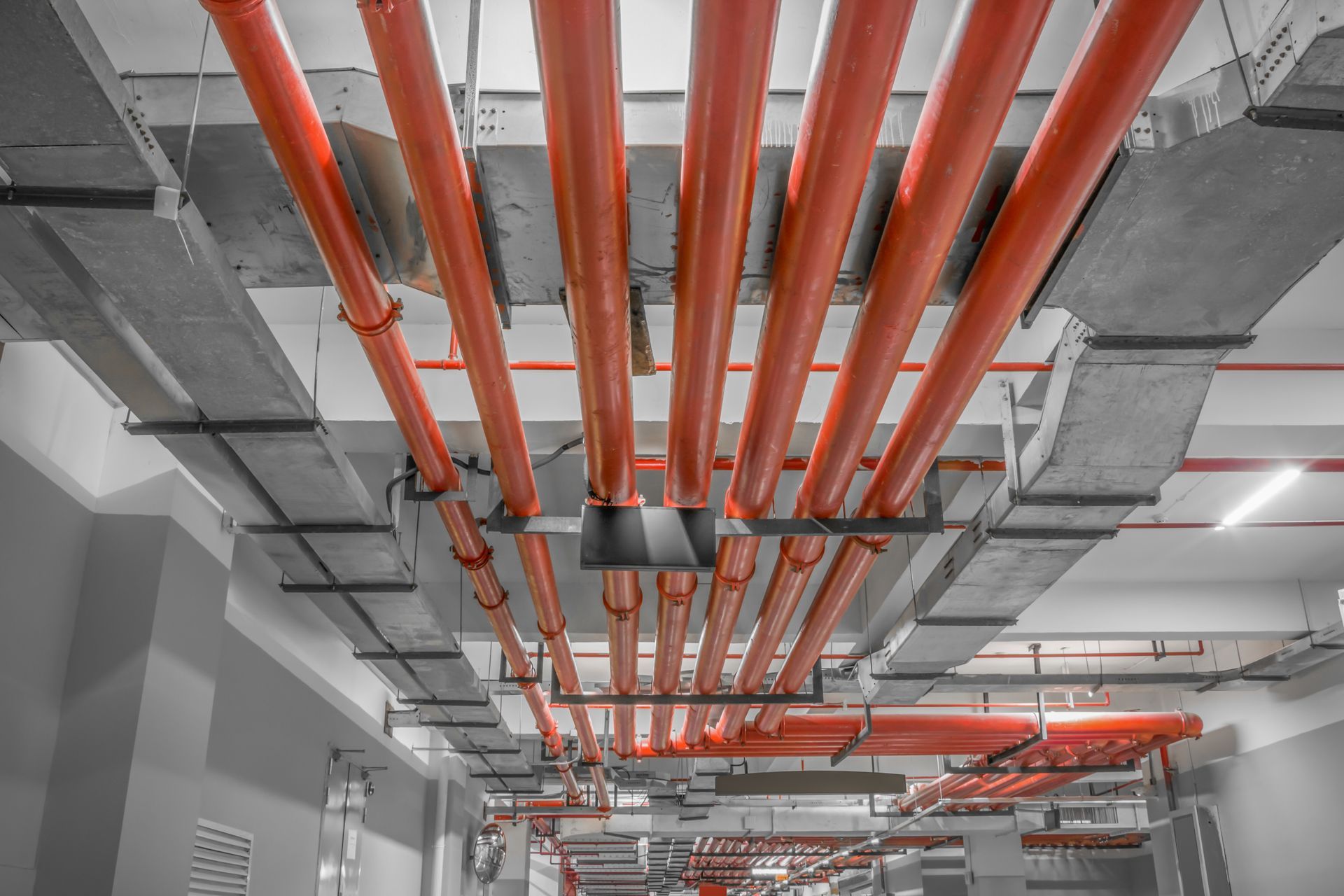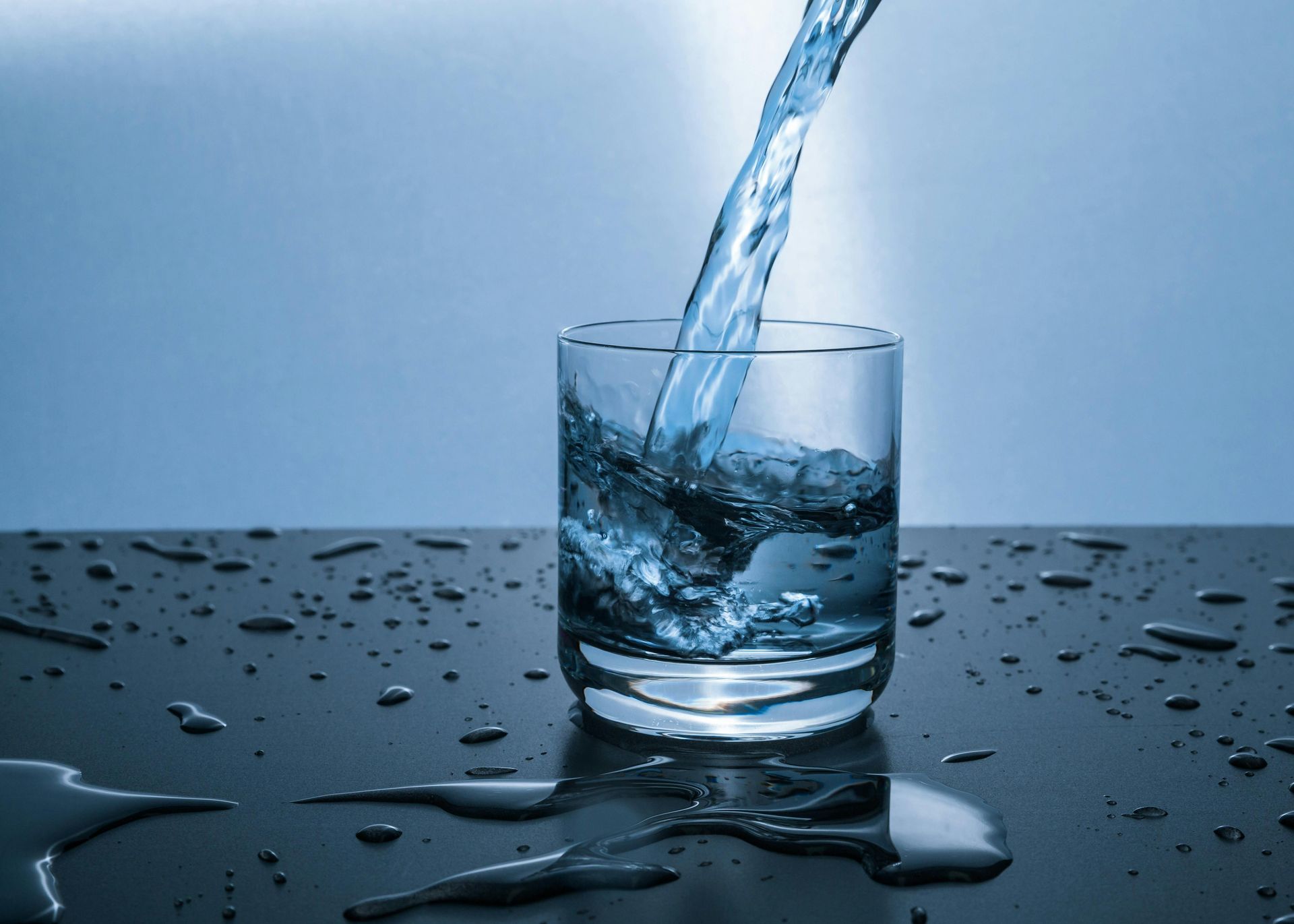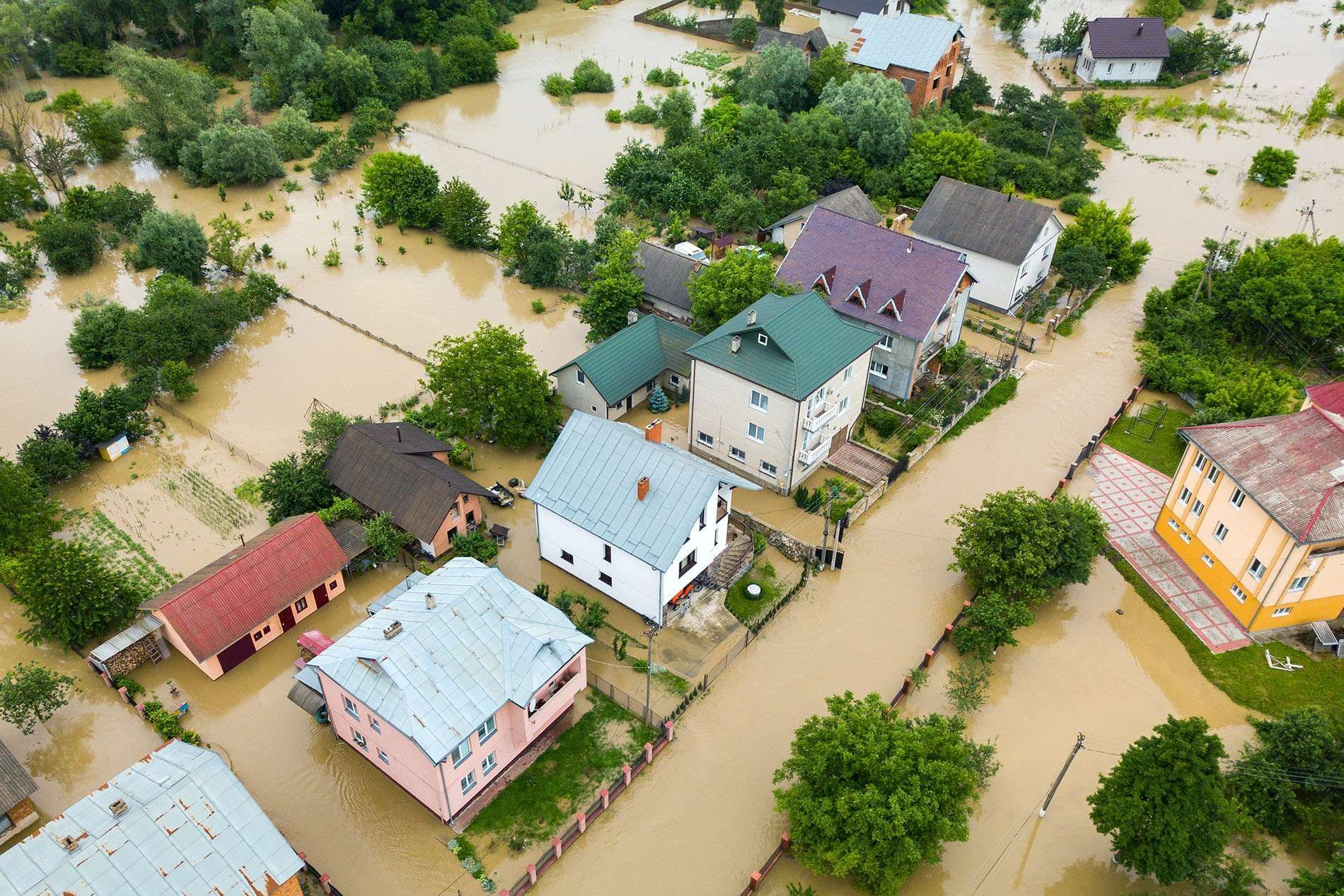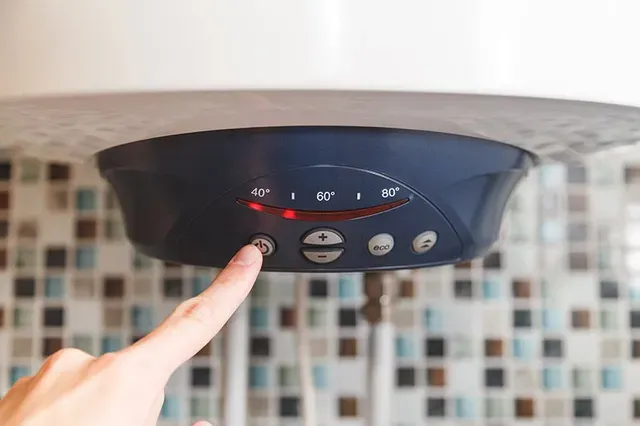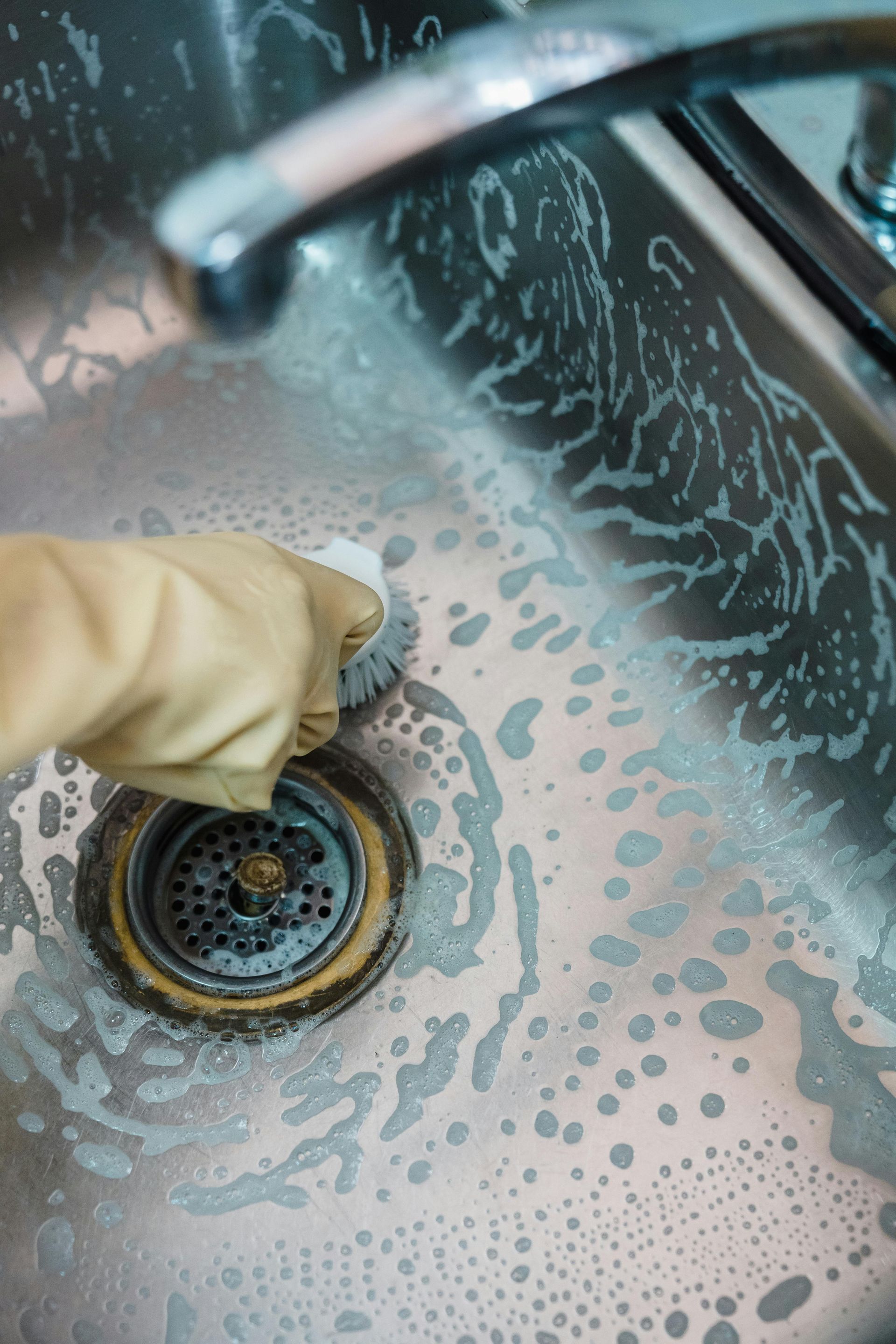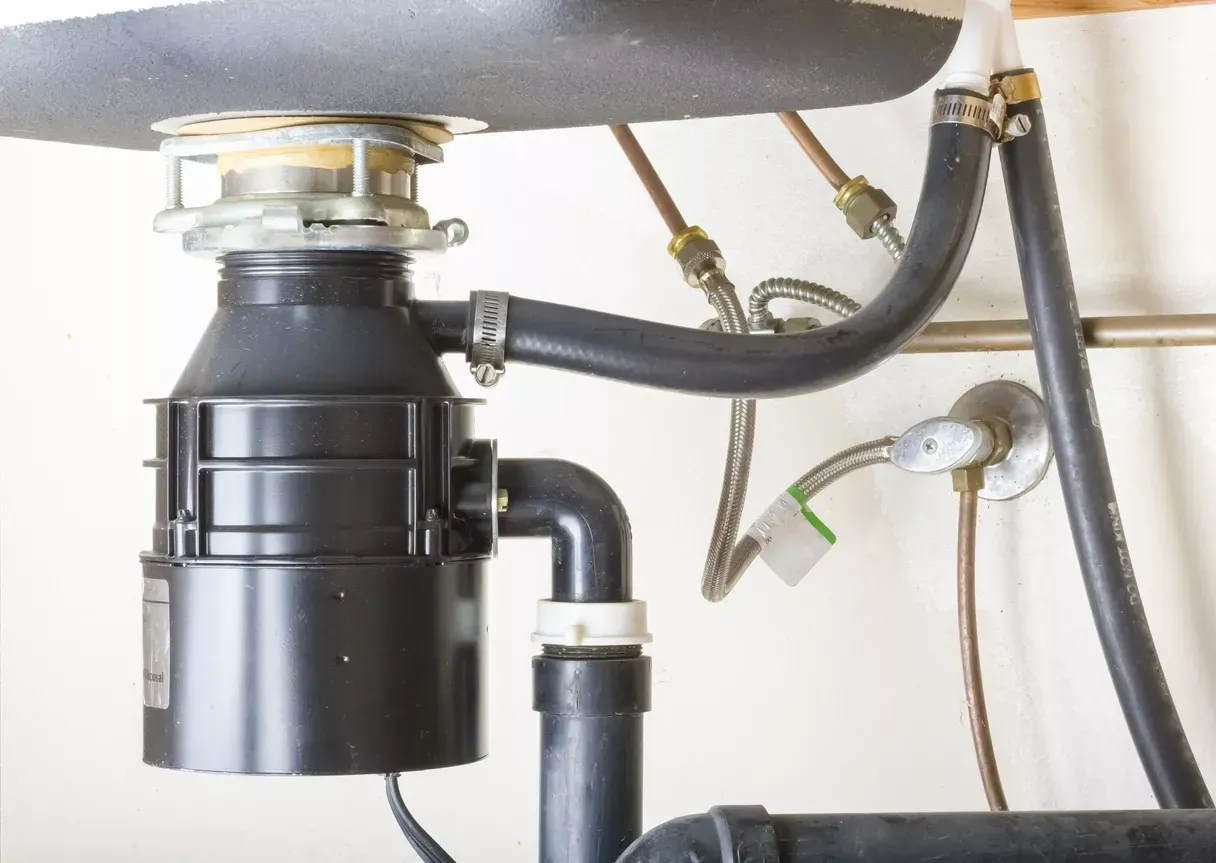How Expansion Tanks Protect Your Plumbing from Pressure Surges
Expansion tanks play a vital role in preserving the health and longevity of a plumbing system, particularly in closed water systems where pressure surges can lead to serious damage. In a closed system, water is heated, expands, and increases in pressure, which can stress pipes, valves, and even the water heater itself. By adding an expansion tank to absorb this excess pressure, homeowners can ensure that their plumbing remains safe, functional, and efficient. Here’s an in-depth look at how expansion tanks work, why they are essential in closed systems, and the benefits they bring in protecting your plumbing from harmful pressure surges.
The Role of Expansion Tanks in Preventing Water Heater Damage
Understanding Pressure Surges in Closed Water Systems
Pressure surges occur whenever water is heated in a closed system. Here’s why:
- Thermal Expansion: Water expands when heated. Since water is incompressible, the added volume caused by heating has nowhere to go in a closed system without an outlet, causing pressure to build.
- Closed System Constraints: In homes equipped with backflow prevention devices or check valves, water can’t flow back into the main supply line to release pressure. This restriction makes it difficult to dissipate pressure in any direction, creating the risk of pressure surges within the plumbing.
If left unmanaged, these pressure surges can strain your pipes and fixtures, leading to issues such as leaks, bursts, and accelerated wear and tear on the water heater.
How Expansion Tanks Absorb Pressure Surges
An expansion tank is essentially a pressure-absorbing chamber attached to your water heater, designed to control pressure surges in a closed system. Inside the tank, a flexible rubber diaphragm divides it into two sections: one side contains compressed air, while the other is connected to the water supply. When the water in the system heats up and expands, the excess volume flows into the expansion tank, pressing against the rubber diaphragm. The compressed air on the other side absorbs this impact, cushioning the plumbing system from potentially damaging pressure spikes. As the water cools and contracts, the tank releases the absorbed water back into the main system, equalizing the pressure once again. This cyclical process ensures a balanced pressure environment, reducing stress on pipes and fixtures.
Benefits of Using an Expansion Tank for Pressure Protection
Installing an expansion tank can prevent numerous issues and protect your plumbing system from pressure-related problems. Some benefits include:
- Protection for Pipes and Fixtures: Constant pressure fluctuations can lead to weakened joints, valve malfunctions, and burst pipes. An expansion tank prevents these high-pressure spikes, helping your plumbing fixtures remain in good condition.
- Extended Water Heater Lifespan: Water heaters are prone to wear when constantly subjected to fluctuating pressure levels. An expansion tank reduces the strain on the water heater, slowing down corrosion and extending its lifespan.
- Reduced Water Hammer: High pressure can cause “water hammer,” which produces loud banging noises in pipes. Over time, water hammer can damage your plumbing. An expansion tank helps to prevent this phenomenon, keeping your pipes quiet and secure.
- Enhanced Energy Efficiency: Stable pressure helps your water heater operate more efficiently. Pressure surges can result in increased energy use as your system compensates for variations, so an expansion tank can help you save on energy bills.
- Compliance with Plumbing Codes: Many local building codes require an expansion tank if a closed system is in place. By installing one, you avoid potential compliance issues and ensure your plumbing adheres to safety standards.
Choosing the Right Expansion Tank for Effective Pressure Control
To effectively protect your system, choosing the right expansion tank is critical. Here are key considerations:
- Tank Size: Expansion tanks come in various sizes, suited for different water heater capacities and system pressures. For example, a typical 2-gallon tank is adequate for smaller residential systems, while larger setups may require a 4.5-gallon or larger tank.
- Pre-Charged Pressure: Many expansion tanks come pre-charged to a standard pressure (usually around 40 PSI). It’s important to adjust this pressure to match your system’s requirements; otherwise, the tank won’t absorb pressure effectively. A plumber can help set the correct pre-charge level based on your home’s water pressure.
- Quality and Durability: Look for expansion tanks made of high-quality materials, like corrosion-resistant steel, and equipped with a durable diaphragm. This can ensure that the tank remains functional over the long term.
Installation and Maintenance of Expansion Tanks
Proper installation and routine maintenance are essential for expansion tanks to function correctly. The expansion tank is usually installed on the cold water line near the water heater. Professional installation is recommended to ensure the tank is correctly placed, pressurized, and secure. Over time, the air pressure in the tank may need adjusting. Checking the pressure annually using an air gauge is recommended, along with inspecting for any signs of leaks or wear. If the diaphragm inside the tank ruptures or the tank loses air pressure, it may need to be replaced.
Common Issues with Expansion Tanks
Although expansion tanks are generally reliable, some common issues may arise, particularly as they age:
- Loss of Air Pressure: Over time, the tank’s air chamber may lose pressure, affecting its ability to absorb water expansion. Routine pressure checks can help maintain effectiveness.
- Leaking or Corrosion: In high-humidity areas, the tank’s metal casing can corrode, leading to leaks. If you notice rust or water around the tank, it may need to be replaced.
- Internal Bladder Failure: The rubber diaphragm inside the expansion tank may weaken or rupture over time. This can prevent it from absorbing pressure effectively, requiring a replacement.
Conclusion
Expansion tanks play a critical role in safeguarding your plumbing system from pressure surges in closed water heater setups. By absorbing excess pressure, they protect pipes, valves, and the water heater itself from damage, reduce noise from water hammer, and help your system operate more efficiently. Choosing the right size and maintaining the tank regularly are key to ensuring it functions optimally.
For professional assistance in selecting, installing, and maintaining an expansion tank, All City Plumbers is here to help. Our experienced team can assess your system, recommend the best tank for your needs, and provide reliable maintenance to keep your plumbing system protected. Contact All City Plumbers today to ensure your water heater system is secure and pressure-balanced.
